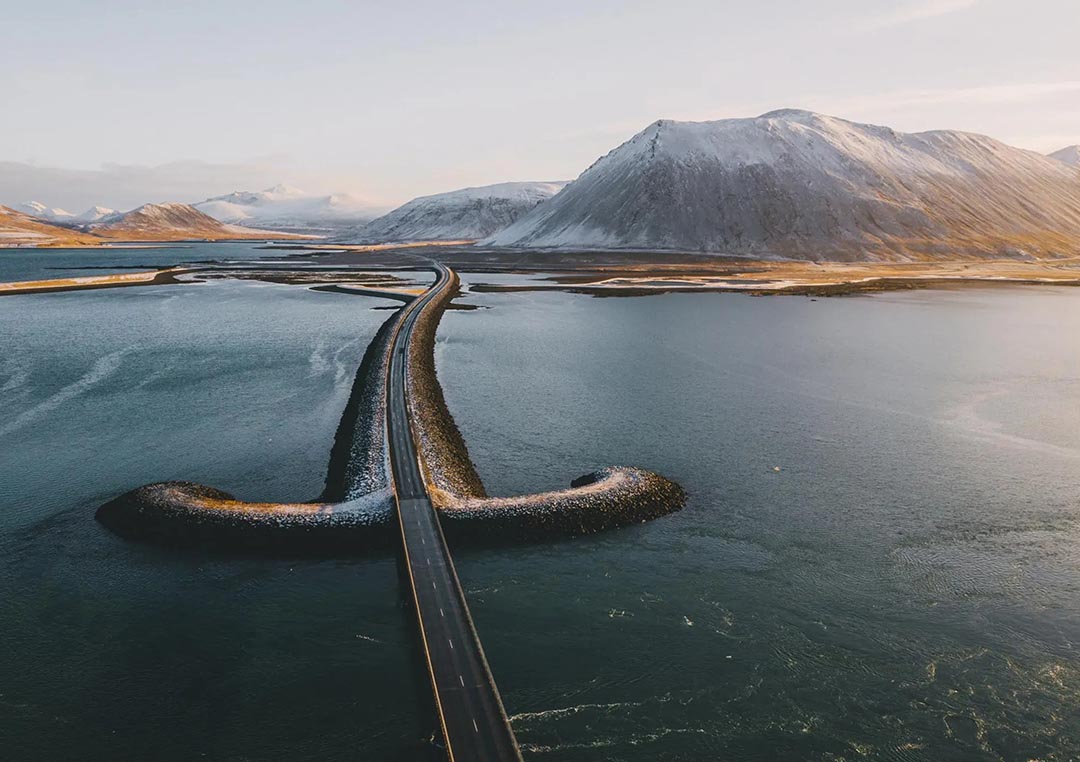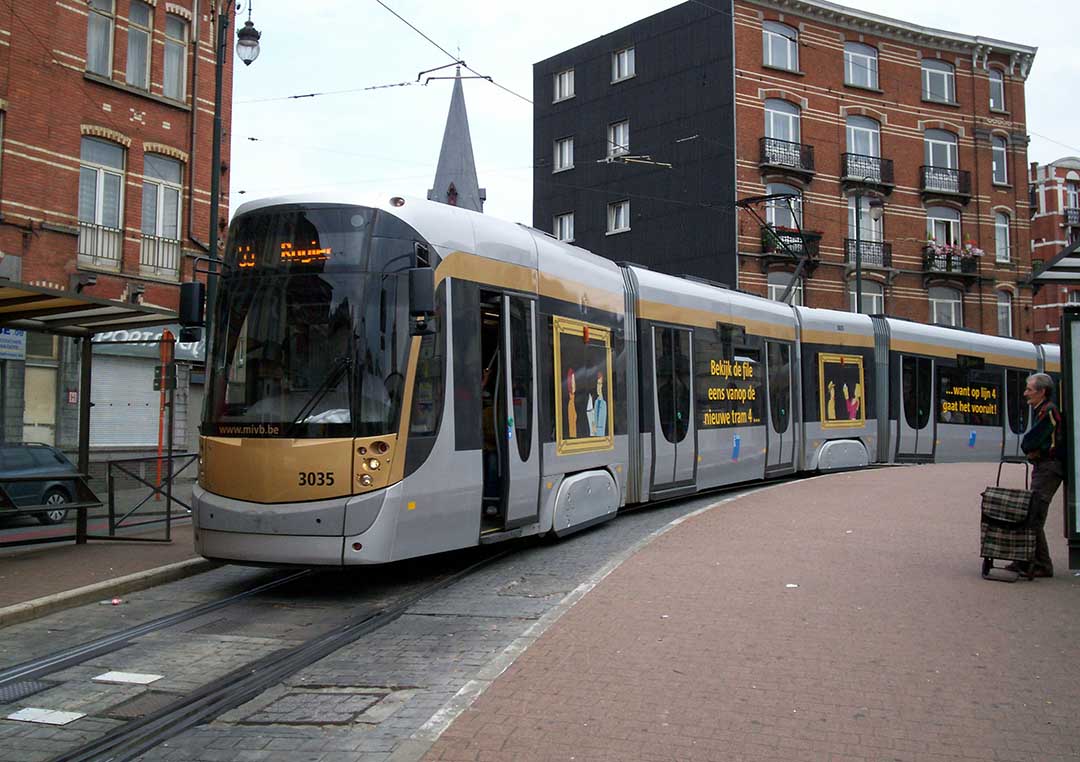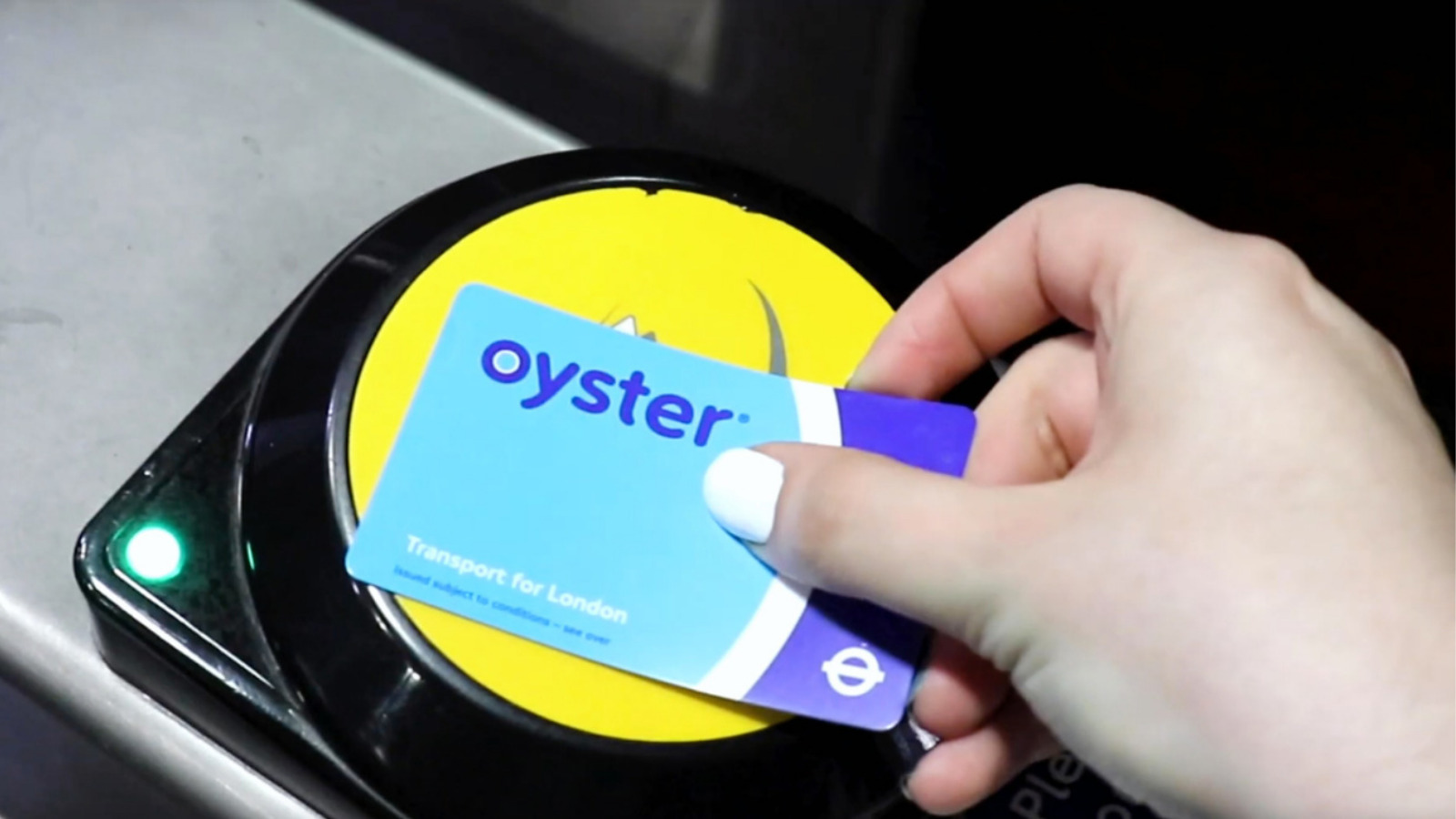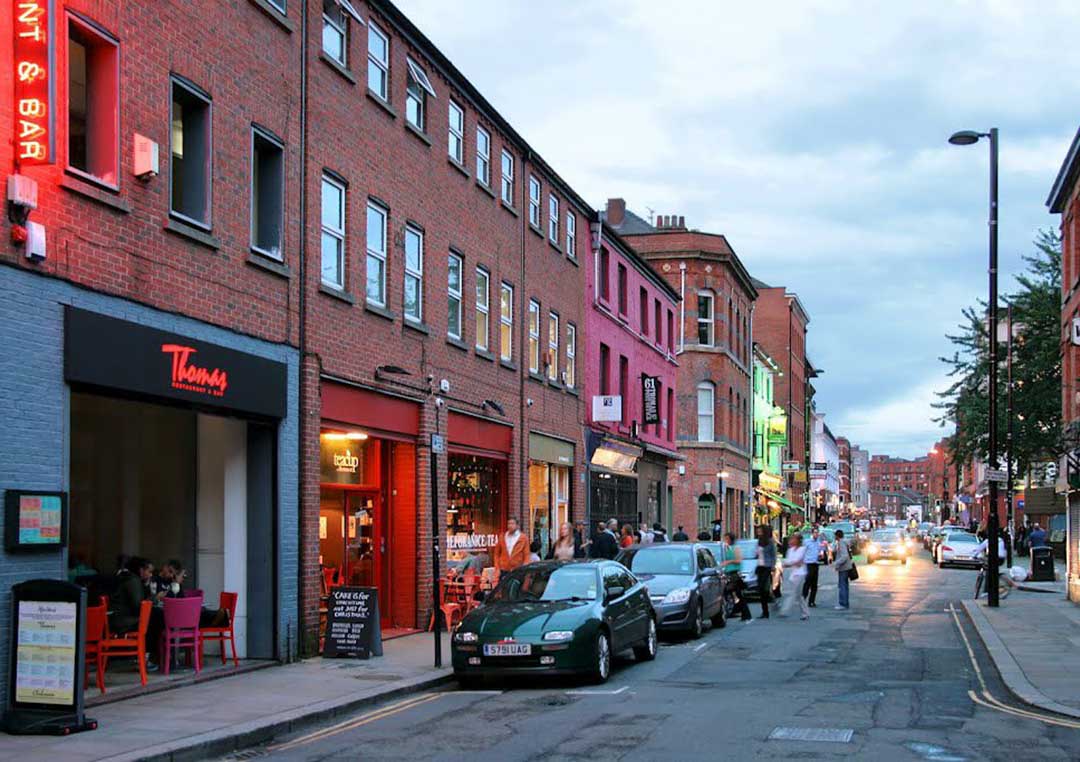Iceland, a mysterious Nordic land, attracts countless travelers with its unique natural landscapes, magnificent volcanoes, glaciers, hot springs, and vast grasslands. A road trip is one of the most convenient and flexible ways to explore Iceland. With a self-drive tour, visitors can freely explore the country’s beauty and experience more remote and lesser-known spots.
1. Preparation for Iceland Road Trip
1.1 Pre-trip Preparation
1.1.1 Verify Your Driving Eligibility
Before driving in Iceland, make sure you meet the legal driving requirements. If you hold a valid international driver’s license or a translated Chinese driver’s license, you can usually drive in Iceland. Most car rental companies accept drivers who have had a valid license for more than one year.
1.1.2 Choose the Right Car Rental Company
There are numerous car rental companies in Iceland. Some common ones include Hertz, Europcar, Avis, Sixt, and local Icelandic companies like Blue Car Rental. To avoid high costs and unforeseen issues, it’s recommended to book in advance. Be sure to carefully read the rental agreement to confirm what insurance is included and whether additional coverage is required.
1.1.3 Choose the Right Vehicle
Iceland’s road conditions vary widely, from smooth Ring Road routes to rugged mountain roads and unpaved gravel paths. The vehicle you choose is critical. If you plan to stick to the Ring Road during the summer, a regular sedan or SUV should be sufficient. However, if you intend to venture into Iceland’s interior or take on more adventurous routes, it’s best to rent a four-wheel-drive (4×4) SUV.
1.1.4 Understand the Road Rules
Iceland’s traffic rules are quite similar to those in China, but there are a few important points to note:
- Maintain a large distance from pedestrians, especially in urban areas.
- Some road signs in Iceland are in English, particularly on the Ring Road, so language barriers aren’t a concern.
- In winter, weather can change unpredictably. Roads may become slippery due to snow or ice, so be vigilant about weather changes.
1.2 Other Preparations Before the Trip
1.2.1 Plan Your Travel Route
The most common route for a road trip in Iceland is the Ring Road (Route 1), which covers nearly all of Iceland’s major attractions. If you have more time, consider exploring more remote areas like the highlands or the northern lakes and fjords. It’s advised to plan your daily route in advance and find suitable places to stay along the way.
1.2.2 Purchase Insurance
Accidents are inevitable during a road trip, so buying the right insurance is essential. Most car rental companies offer basic collision damage waivers (CDW) and theft insurance, but if you plan to explore more remote areas, it’s best to purchase additional coverage such as gravel damage insurance (SCDW) and tire damage insurance (TP) to ensure safety.
1.2.3 Check the Weather
Iceland’s weather is highly unpredictable. Even during the summer, you may encounter strong winds, sudden rain, and other adverse conditions. Before your trip, be sure to check the weather forecast and prepare accordingly. In winter, blizzards often lead to road closures, so always check road conditions before heading out.
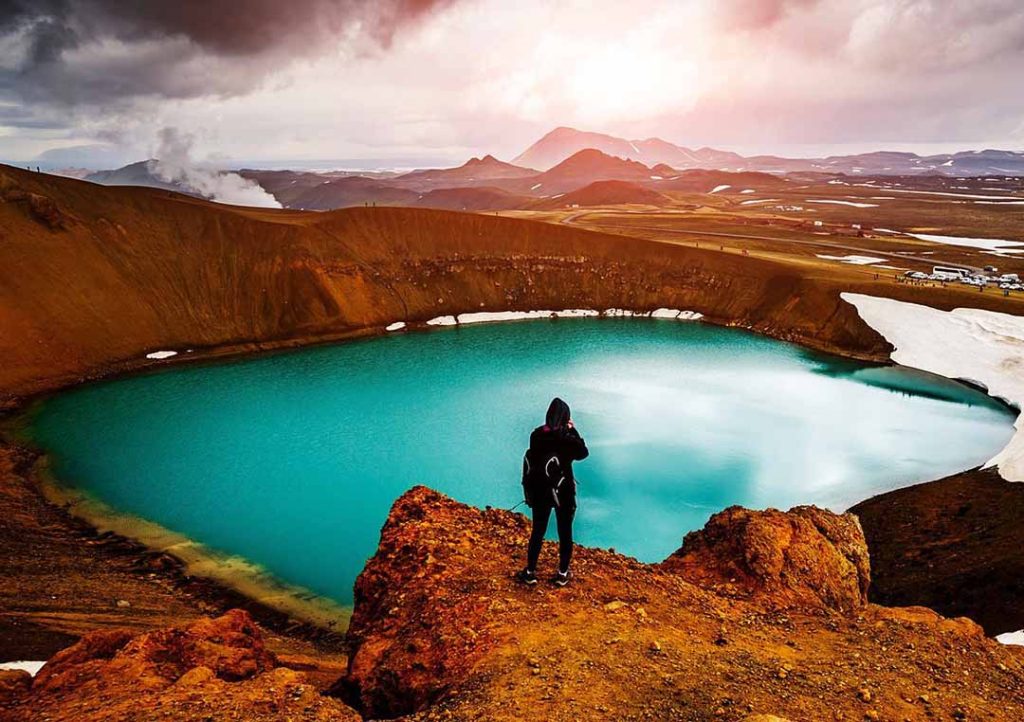
2. Recommended Road Trip Routes in Iceland
2.1 Ring Road (Route 1)
The Ring Road is Iceland’s most iconic self-driving route, spanning 1,332 kilometers and traversing nearly the entire island. Along the way, you’ll pass diverse natural landscapes, from volcanoes and glaciers to waterfalls, fishing villages, and hot springs. It is the must-choose route for any road trip in Iceland. Each year, thousands of travelers are drawn to this scenic road. The appeal of the Ring Road lies not only in its spectacular natural wonders but also in the opportunity to experience unique local culture.
Suggested Itinerary:
- Day 1: Depart from Reykjavik and head to the Golden Circle (Golden Circle), where you can visit Thingvellir National Park, a site of both historical and natural significance, and see the famous Geysir geothermal area and Gullfoss waterfall.
- Day 2: Continue from the Golden Circle to the south coast, passing Seljalandsfoss and Skogafoss waterfalls, and stop at Reynisfjara Black Sand Beach to feel the power of the Atlantic Ocean.
- Day 3: Proceed to Vatnajökull National Park, where you can visit Jökulsárlón Glacier Lagoon and Diamond Beach, where you’ll see floating icebergs and sparkling ice chunks on the shore.
- Day 4: Drive to the East Fjords, where you can enjoy some of the most pristine and peaceful natural landscapes of Iceland.
- Day 5: Head north to explore Lake Myvatn and Húsavík, where you can visit unique geothermal landscapes and whale watching sites.
- Day 6: Return west to Reykjavik, admiring the scenic coastline of Iceland’s west along the way.
2.2 Iceland Interior Adventure
The highlands of Iceland are considered a paradise for self-drive enthusiasts. These areas are typically only accessible in the summer (from June to September) and offer remote landscapes that attract adventure seekers. The F-roads that connect the interior of Iceland are rough and require a four-wheel-drive vehicle to navigate. If you opt for this route, aside from preparing your vehicle and driving skills, you will need to allocate plenty of time to handle unexpected challenges.
Suggested Itinerary:
- Day 1: Depart from Reykjavik, driving along the Ring Road towards Skógar to visit the Skogafoss waterfall and surrounding glacier landscapes.
- Day 2: Head into the interior highlands, following the F-roads to explore Iceland’s volcanoes, hot springs, and other raw natural wonders. Here, you’ll experience the remote peace and beauty of Iceland.
- Day 3: Continue heading north to visit Lake Myvatn and Húsavík, where you can enjoy excellent sightseeing opportunities in the interior’s wild beauty.
3. Important Notes for Iceland Road Trip
3.1 Iceland’s Roads and Traffic
Iceland’s roads are divided into different categories. The Ring Road is the easiest and most accessible route. However, some roads, particularly those in the interior highlands, have more challenging conditions, so selecting the right vehicle is essential.
3.1.1 Road Categories in Iceland:
- Ring Road (Route 1): The main road that connects almost all of Iceland’s major attractions, suitable for various types of vehicles, especially sedans and SUVs.
- F-roads: Roads connecting the interior highlands, usually accessible only with four-wheel-drive vehicles. These roads are open during the summer and offer unique scenery, but driving can be challenging.
- Country Roads: Some rural roads are unpaved and bumpy, suitable for off-road vehicles.
3.2 Weather and Driving
The weather in Iceland is the most unpredictable factor for a road trip. Iceland’s climate can change rapidly, particularly in winter, when snowstorms and icy conditions can make roads hazardous. Drivers need to constantly monitor weather reports and road closures. In winter, if the roads are icy or snow-covered, always drive cautiously at low speeds to avoid accidents.
3.3 Driving Etiquette and Parking
Iceland’s traffic rules are similar to other European countries, but there are some special considerations for self-driving. In urban areas, parking usually requires a fee, so always park legally to avoid fines. Many remote areas offer free parking. Road signs in Iceland are clear, and speed limits and traffic signals are easy to follow. Be sure to follow all signs and speed limits to avoid unnecessary trouble.
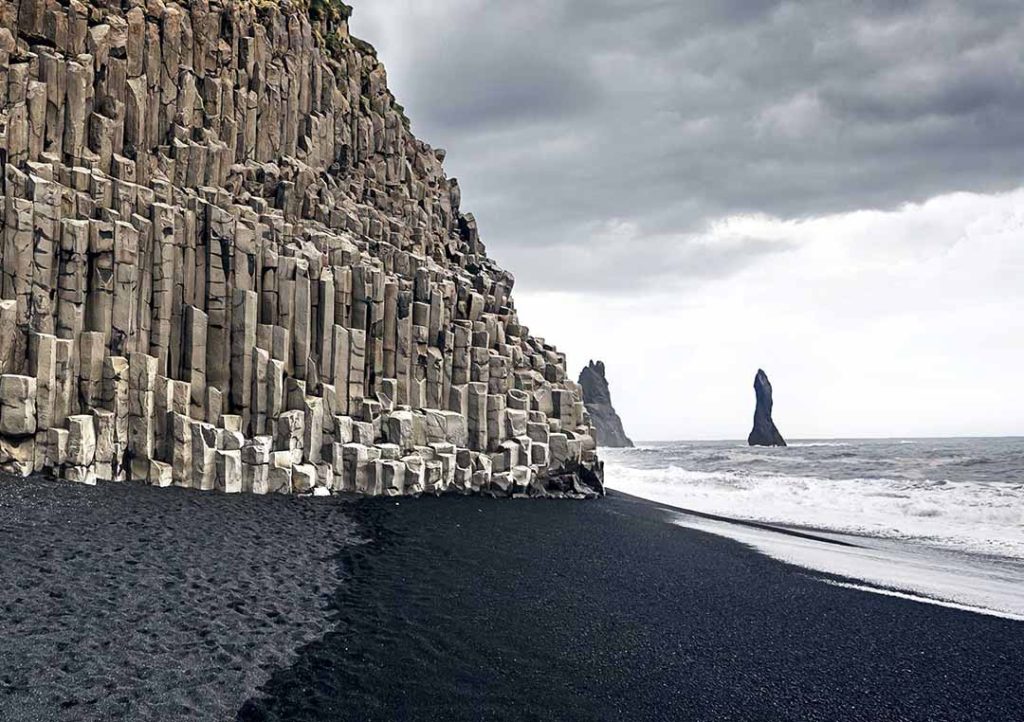
4. Recommended Accommodation for Iceland Road Trip
4.1 Hotels and Guesthouses
Accommodation in Iceland ranges from hotels to guesthouses and homestays. Reykjavik, as the capital, offers a wide range of options, from high-end hotels to budget hostels. In other regions, accommodations are more basic, with most options being family-run guesthouses.
4.2 Camping on Your Road Trip
If you want to immerse yourself in nature, camping in Iceland is a fantastic choice. There are many designated campsites across the country where you can pitch a tent and enjoy the Icelandic night sky. Most campsites offer basic facilities such as toilets and showers.
5. Iceland’s Cuisine and Dining Recommendations
5.1 Traditional Icelandic Cuisine
Iceland’s cuisine primarily features seafood and lamb, with must-try dishes such as fermented shark (Hákarl), lamb stew (Kjötsúpa), and fresh seafood, especially cod and lobster.
5.2 Dining Recommendations in Reykjavik
Reykjavik’s dining scene is influenced by international tourism, offering a variety of global cuisines alongside traditional Icelandic dishes. In the city, you’ll find a mix of local restaurants and international eateries that cater to every taste.
Iceland road trips are an incredible experience, allowing you to closely connect with nature while enjoying the freedom of travel and discovering hidden gems beyond the usual tourist routes. With careful planning and adequate preparation, you can have an unforgettable road trip across Iceland. Whether cruising along the Ring Road or venturing into the interior wilderness, each journey offers surprises and awe-inspiring views.

